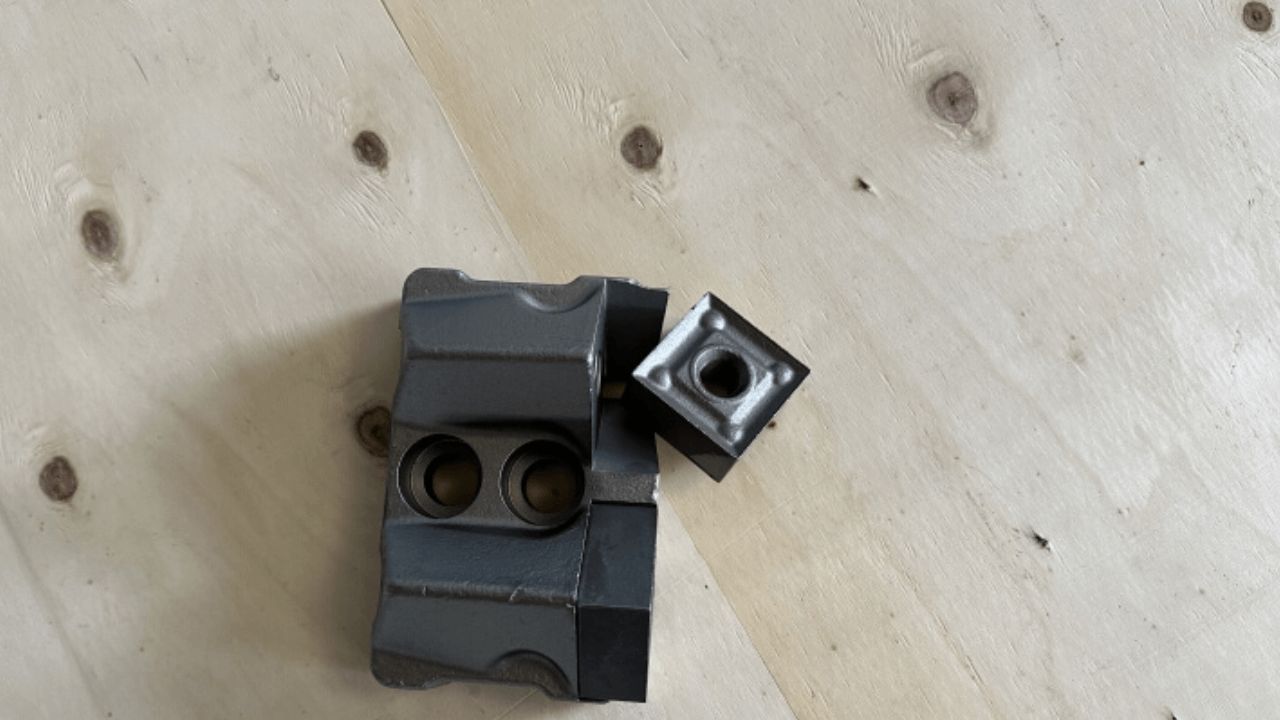Shredders are essential pieces of equipment used in many different industries because of their propensity to break up big, bulky materials into smaller, easier-to-handle pieces. Beyond just their construction, shredders are versatile in the kinds of materials they can handle. Shredder wear components are essential to this adaptability, visit page to enable these devices to efficiently process a wide range of materials.
The materials that have been shredded can be effectively recycled, treated further, or disposed of. Shredders are vital equipment in many sectors because they help to optimize material handling and waste reduction procedures.
Materials Shredder Wear Parts Handling
In order to demonstrate the vital role shredder wear parts play in sectors including manufacturing, waste management, recycling, and more, we will examine the variety of materials that they can handle.
Cardboard and Paper
Probably the most prevalent materials that shredders process are paper and cardboard. Shredders with cutting mechanisms or sharp blades may easily reduce a variety of materials, including office documents and cardboard packaging, into small strips or particles. Shredding paper and cardboard is a crucial stage in the recycling process since it makes the materials ready for reuse and recycling in the creation of new paper and cardboard products.
Plastics
Plastics come in an assortment of sizes and shapes, including bottles, receptacles, and packaging materials. These different types of plastic can be handled by shredders that have worn components made especially for them. Plastics like polyethylene terephthalate (PET), high-density polyethylene (HDPE), and other variants can be made smaller using shredders, increasing the effectiveness of recycling and reprocessing.
Metal
High-strength alloys are widely used to make wear components for metal shredders, which help with the efficient processing of both ferrous and non-ferrous metals. Metal shredders can be used to reduce large, heavy metal products such as aluminum cans, scrap vehicles and appliances, and other materials into smaller, more manageable bits for recycling and smelting procedures.
Timber
In the forestry and construction sectors, wood shredders are an invaluable tool. They can effectively convert wood waste into mulch or wood chips by handling waste wood, including pallets, lumber offcuts, and wood scraps. Wear components for wood shredders are designed to endure the abrasiveness of wood products.
Tires and Rubber
The durable wear elements of rubber and tire shredders are made to withstand the abrasiveness and resilience of rubber materials. These devices can, among other things, shred rubber products, conveyor belts, and used tires into smaller bits for playground surface material and tire recycling.
Waste from Construction and Demolition
Shredders fitted with wear parts resistant to the abrasion and hardness of construction and demolition waste, such as concrete, bricks, and asphalt, can treat these materials efficiently. Construction debris can be disposed of responsibly and valuable aggregates can be recovered through the shredding of C&D waste.
Domestic Trash
Household waste, sometimes referred to as municipal solid waste (MSW), is composed of many elements such as paper, plastic, glass, and organic matter. Shredders with interchangeable wear parts can process MSW efficiently, separating recyclables from non-recyclables and cutting down on the amount of garbage that needs to be disposed of in landfills.
Biomass
Biomass Shredders are important equipment for the renewable energy sector. These devices are capable of processing a wide range of organic materials into biomass fuels like wood chips and pellets, including forestry waste, energy crops, and agricultural wastes.
Electronic garbage
Electronic garbage often known as e-waste, is made up of outdated computers, cell phones, and other electronic gadgets that have been thrown away. These objects can be broken down into smaller components by shredders equipped with wear parts specifically made for handling e-waste. This makes it simpler to recover valuable materials for recycling, such as glass, plastics, and precious metals.
Conclusion
Shredder wear parts’ broad variety of material compatibility is evidence of the adaptability and versatility of shredding technology. These devices, which have specialized wear parts, help make recycling, waste reduction, and material processing more effective across a range of sectors. By picking out the proper worn components and taking proper care of them.
